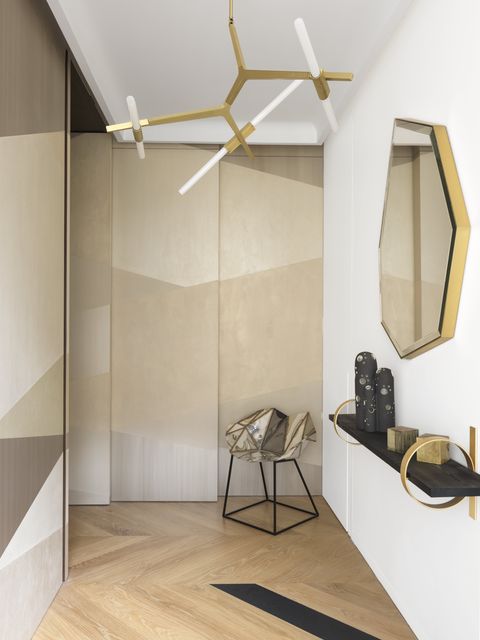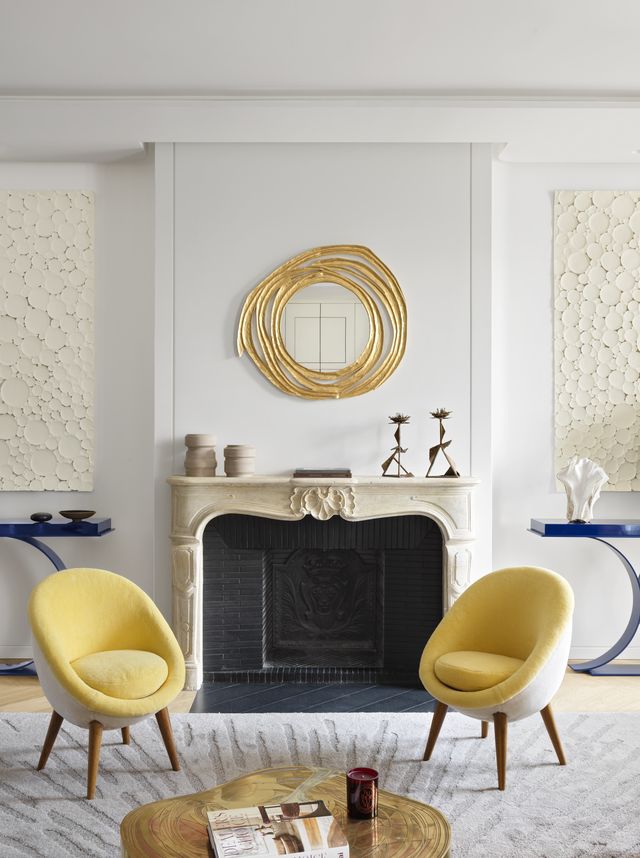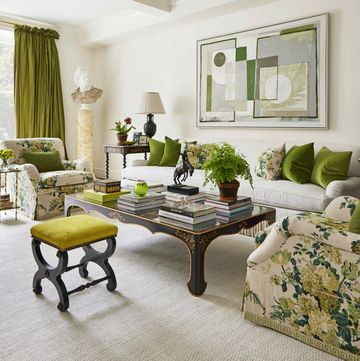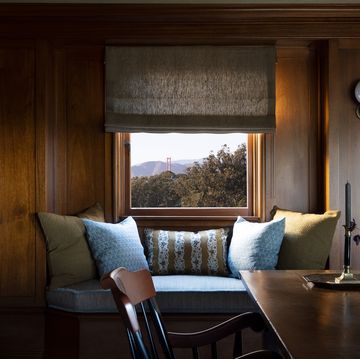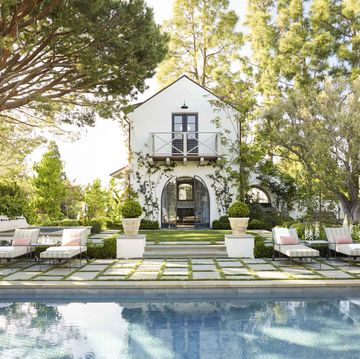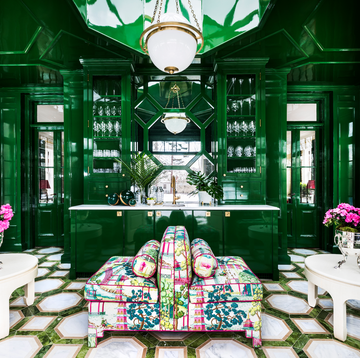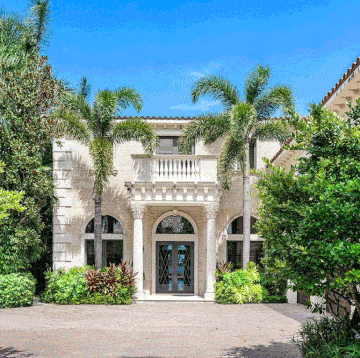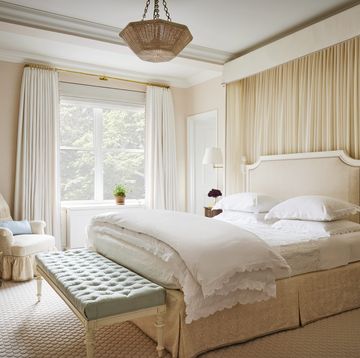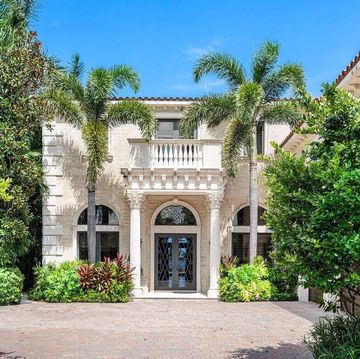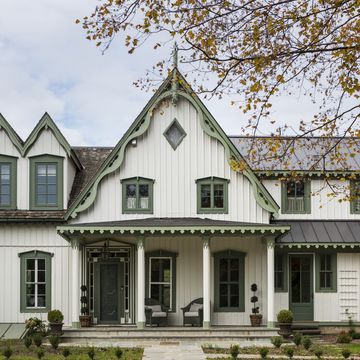Designers Raphaël Le Berre and Thomas Vevaud first met in the mid 1990s as students at the École Camondo in Paris. “We quickly saw we had common interests and a similar sensibility,” recalls Le Berre. For several years after graduation, their paths diverged. He ended up working for a firm specializing in restaurants and nightclubs; Vevaud trained with disciples of minimalist master Christian Liaigre. After joining forces in 2008, their differing experiences came together to produce both exuberance and a quite mesmerizing rigor. As Vevaud says, “We hate approximation.”
It was this exactitude that attracted the owners of a three-bedroom Parisian apartment between the Place de la Concorde and Élysée Palace. The Geneva-based couple (and parents of three young children) needed to secure the mid-19th-century loft structurally before furnishing it for their family as a pied-à-terre, and “Raphaël and Thomas’ attention to detail is undeniable,” enthused the husband. The flat’s former owner was an aristocrat who had installed wood paneling from a château in several spaces, including the master bedroom and bathroom. But despite the noble embellishments, there was evidence of severe structural problems. “In some rooms, there was a difference of seven inches in the floor level from one side to the other,” recounts Le Berre with incredulity. In addition to correcting this, the designers addressed a slightly idiosyncratic request from the owners. “They didn’t want to hear any noise at all,” declares Vevaud. “We treated the entire space with soundproofing. We joke that it’s like a panic room.” The layout was also significantly revised: The kitchen moved to the heart of the apartment, doorways and passageways were adjusted to create greater symmetry, and a large picture window was installed in the dining room to offer a view of the building’s garden from the entry hall.
Stylistically, the duo took liberties with the building’s lineage. “The space already exuded classicism, thanks to its large volumes, including full-height wooden windows, which give it a rather formal nature,” affirms Le Berre. “For us, that was sufficient.” As a reflection of the building’s history, the designers retained the original stone fireplace in the sitting room. But otherwise, there is not a Louis XVI bergère or méridienne in sight. Instead, the oldest pieces of furniture date from no more than 70 years ago, the most striking of which is a pair of yellow Jean Royère Œuf chairs and an imposingly curvaceous de Sede sofa.
Two spaces were treated in dramatic fashion at the request of the clients. “We like to take a few risks and wanted to have a bit more fun in certain areas,” relates the husband. The walls, floors, and doors of the entry hall were decorated with graphically angular motifs, while the dining room was wrapped in a foliage-rich wallpaper (inspired by the Napoleonic campaigns in Egypt) onto which Le Berre Vevaud wittily placed a porcelain sconce in the form of a charming dangling monkey. Other zones, such as the almost-all-white master suite, were given a more neutral treatment, but a constant throughout is the presence of exquisitely astute architectural details. The top of the chimney breast in the sitting room slips slickly behind the cornice, the dining room ceiling appears to float, and the master bathroom displays a masterful interplay of curves.
Le Berre Vevaud’s love of elemental materials is also firmly in evidence: for instance, the nacreous textures they developed in the entry hall with Parisian artisan Pierre Bonnefille using a blend of pigments with sand and mineral powders. And while the aesthetic of the revised apartment is not historically driven, the designers’ collaboration with metal specialists and decorative painters, woodworkers and marble craftsmen, provides an explicit link to the past. “A project like this would not be imaginable without the age-old savoir faire of these artisans,” asserts Vevaud. “With their skills, our possibilities are almost endless.”
Featured in our January/February 2020 issue. Architecture and Interior Design by Le Berre Vevaud; Photography by Stephan Julliard.


